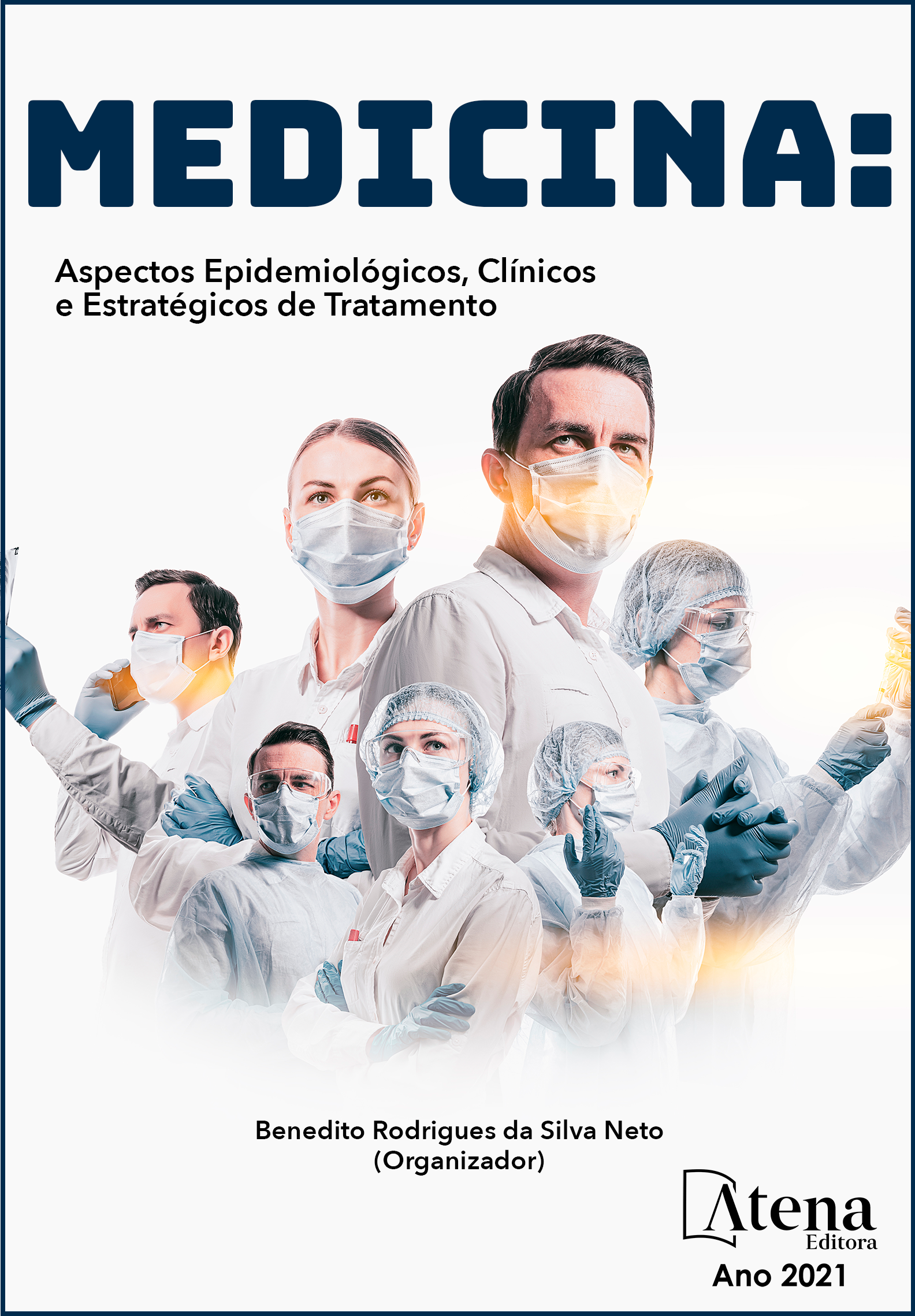
ESTUDO IN SILICO DAS BASES MOLECULARES DE INTERAÇÂO DA FRUTALINA COMO BIOFÁRMACO
A Frutalina (FTL) é uma lectina α-D-galactose ligante, das sementes de Artocarpus incisa L., que tem apresentado várias atividades biomédicas e com base nisto, técnicas de bioinformática vêm buscando elucidar as bases moleculares de interação com receptores biológicos. O objetivo do trabalho é associar o docking molecular às estratégias tradicionais de prospecção de biofármacos. No primeiro trabalho, a FTL foi submetida ao docking contra a superfície do ligante TRPV1, no qual demostrou ter afinidade no modelo de dor orofacial aguda e neuropática. No segundo trabalho, a FTL interagiu com o canal iônico NMDA, agindo no mecanismo de efeito antidepressivo-símile. Os resultados in vivo mostraram que a FTL possui efeito antidepressivo- símile mediado por receptores NMDA e via L-Arginina/NO/cGMP, e é eficiente na promoção de efeito antinociceptivo em dor orofacial aguda e neuropática. O docking molecular demonstrou que a FTL interage com a enzima NOS e com o receptor NMDA, realizando ligações de até 1.9 angstrons. Em relação ao canal TRPV1, houveram ligações de hidrogênio de até 1.8 angstrons, com alta reprodutibilidade. Pode-se concluir que a associação das prospecções de biofármacos in vitro e in silico podem potencializar a eficiência da bioquímica e da farmacologia como aliadas na produção de novas soluções biomédicas.
ESTUDO IN SILICO DAS BASES MOLECULARES DE INTERAÇÂO DA FRUTALINA COMO BIOFÁRMACO
-
DOI: 10.22533/at.ed.61921140515
-
Palavras-chave: Frutalina, Artocarpus incisa, biofármaco, bases moleculares, docking
-
Keywords: Frutalin, Artocarpus incisa, biopharmaceutical, molecular bases, docking
-
Abstract:
A Frutalin (FTL) is an α-D-galactose binding lectin, from the seeds of Artocarpus incisa L., which has shown several biomedical activities and based on this, bioinformatics techniques have been seeking to elucidate the molecular bases of interaction with biological receptors. The objective of the work is to associate molecular docking with traditional biopharmaceutical prospecting strategies. In the first study, FTL was docked against the surface of the TRPV1 ligand, in which it was shown to have affinity in the acute and neuropathic orofacial pain model. In the second simulation, FTL interacted with the NMDA ion channel, acting on the antidepressant-like mechanism. The in vivo results showed that FTL has an antidepressant-like effect mediated by NMDA receptors and via L-Arginine / NO / cGMP, and is efficient in promoting an antinociceptive effect in acute and neuropathic orofacial pain. Molecular docking demonstrated that FTL interacts with the NOS enzyme and the NMDA receptor, making connections of up to 1.9 angstroms. Regarding the TRPV1 channel, there were hydrogen bonds of up to 1.8 angstrons, with high reproducibility. It can be concluded that the association of biopharmaceutical prospects in vitro and in silico can enhance the efficiency of biochemistry and pharmacology as allies in the production of new biomedical solutions.
-
Número de páginas: 11
- Natália Chaves Gondim Vieira
- Adriana Rolim Campos Barros
- Renato de Azevedo Moreira
- Ana Cristina de Oliveira Monteiro-Moreira
- Antonio Eufrásio Vieira Neto


